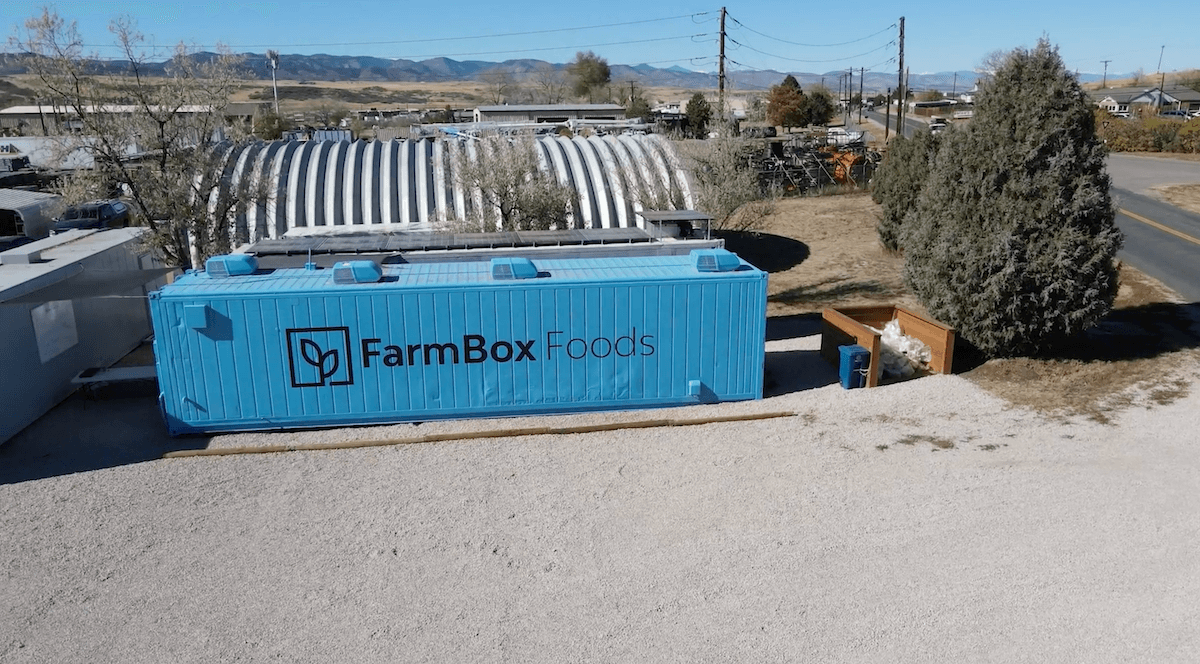The more than 100 social impact bonds launched in the past eight years have mobilized more than $400 million in total and touched more than 700,000 lives in two dozen countries. Is that a lot, or a little?
In roughly the same time period, “green bonds” issues have reached more than $120 billion per year. Social impact bonds have been bedeviled by complex structures and measurement difficulties, not to mention the thorny social problems themselves.
Sometimes called “pay-for-success” contracts, SIBs raise money from private investors to finance proven interventions to social problems; if milestones are met, governments (or in some cases, third-party funders) pay off the investors. Essentially, SIBs are a way to capture the value of prevention, and shift government funding toward outcomes rather than outputs.
“What has surpassed my expectations, and why the work is so hard and the impact so enduring, is we are changing mindsets,” Tracy Palandjian, CEO of Social Finance US, a leading social impact bond developer, told ImpactAlpha. “We are changing how government officials think about problems.”
In Massachusetts, for example, Social Finance helped raise $12.4 million from private investors to help immigrants and refugees make successful transitions to employment, higher wage jobs and higher education.
Ten projects report that they have returned investors’ capital, with a return, and another eight have begun making payments (investors lost their money on at least one bond, an anti-recidivism program on Rikers Island in New York).
Palandjian said growth will come when governments fund social impact bonds not as pilot projects, but from savings in their regular budgets. “Politicians are still dipping their toes,” she said. “We can’t wait to get to scale.”











